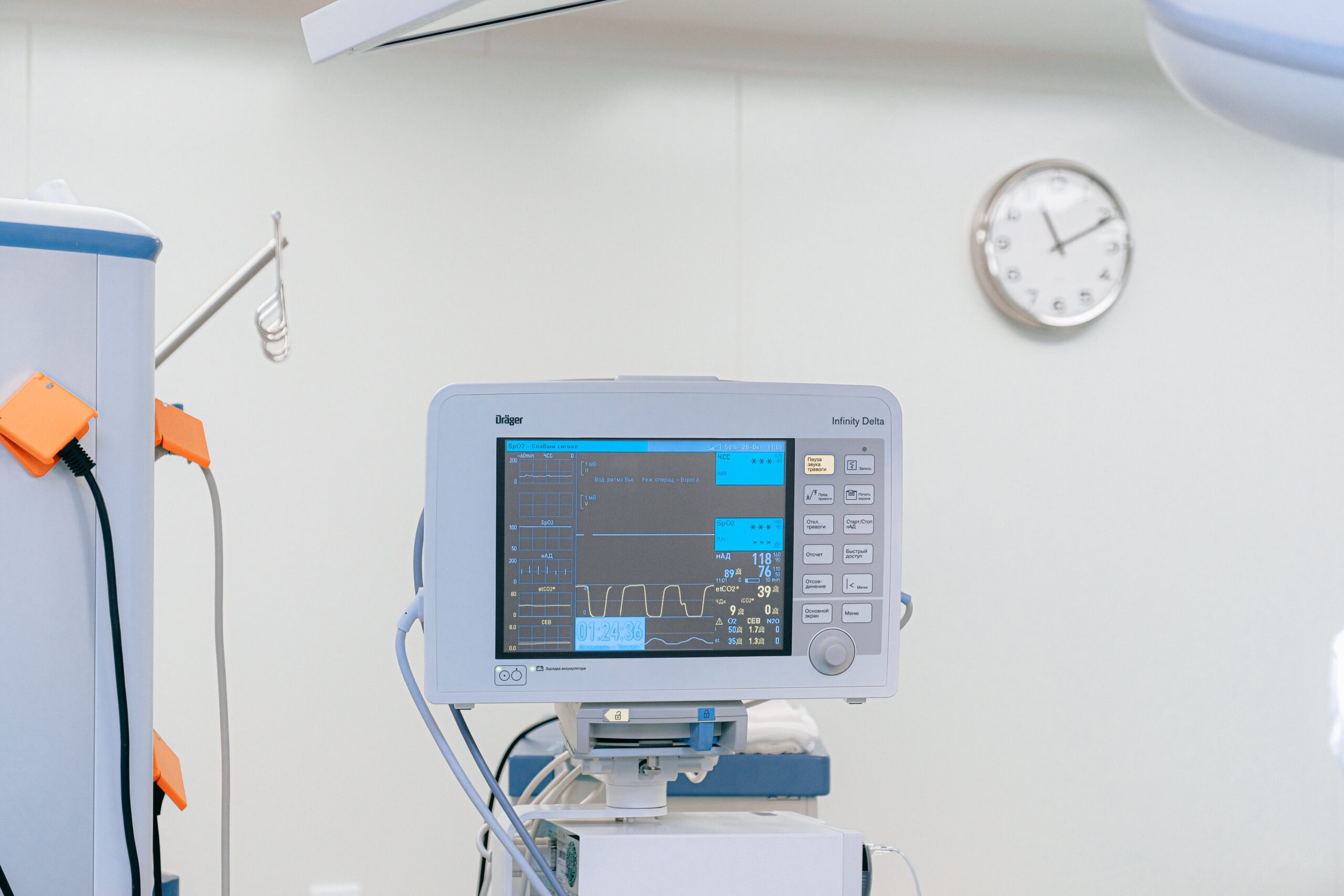Introduction: Wireless health monitoring devices have gained significant attention in recent years due to their potential to revolutionize healthcare and improve overall well-being. As our society becomes increasingly health-conscious and technology-driven, these devices are becoming integral in monitoring and managing various aspects of our health. This article delves into the technologies underpinning these devices, elucidates their advantages over traditional health monitoring methods, and explores the exciting prospects they offer for the future of healthcare.
Part 1: Technologies of Wireless Health Monitoring Devices
1.1. Sensors and Biosensors: Wireless health monitoring devices rely on sensors and biosensors to gather data. These sensors come in various forms, from photoplethysmography (PPG) sensors that measure heart rate and blood oxygen levels to electrocardiogram (ECG) sensors for tracking heart rhythm. Biosensors can even detect specific biomarkers, such as glucose levels in the case of diabetics.
1.2. Wireless Communication and Data Transmission Protocols: These devices employ wireless communication technologies such as Bluetooth, Wi-Fi, and NFC to transmit data to a receiving device, such as a smartphone or a dedicated health monitoring hub. These protocols ensure that health data can be easily accessed and shared with healthcare providers or caregivers.
1.3. Portable Devices and Embedded Sensors: The versatility of wireless health monitoring devices is exemplified by the wide range of form factors they come in. From wearable fitness trackers to implantable sensors, these devices are designed to suit different needs and preferences, making health monitoring accessible and convenient.
Part 2: Advantages of Wireless Health Monitoring
2.1. Continuous Health Monitoring: Perhaps the most significant advantage of wireless health monitoring devices is their ability to provide continuous data. Unlike periodic check-ups, these devices offer real-time insights into a person's health, enabling early detection of issues and timely interventions.
2.2. Personalization and Adaptation: Wireless health monitoring devices can be tailored to the individual. They adapt to the user's needs and characteristics, providing customized recommendations and health insights. This personalization enhances the user's engagement and motivation to maintain a healthy lifestyle.
2.3. Improved Quality of Life and Disease Prevention: By continuously tracking health parameters, these devices can help individuals make informed decisions about their lifestyle, diet, and exercise. They also aid in disease prevention by identifying risk factors and prompting users to take preventative measures.
Part 3: Prospects of Wireless Health Monitoring
3.1. Medical Applications and Integration: Wireless health monitoring devices have a significant impact on the medical field. They are integrated into patient care to monitor chronic conditions, track recovery, and provide telehealth services. This integration enables healthcare professionals to access real-time data and make more informed decisions.
3.2. Role of Artificial Intelligence and Big Data Analysis: Artificial intelligence and big data analytics play a pivotal role in extracting valuable insights from the vast amount of health data generated by these devices. Machine learning algorithms can predict health outcomes, detect anomalies, and offer recommendations based on an individual's data.
3.3. Challenges and Future Directions: While the future of wireless health monitoring devices is promising, it's not without challenges. Issues related to data privacy, interoperability, and regulatory compliance need to be addressed. Moreover, advancements in sensor technology and battery life are crucial for the continued development of these devices.
Conclusion: In conclusion, wireless health monitoring devices have evolved to become indispensable tools in modern healthcare. They offer real-time data, personalization, and disease prevention, making them a key component of health management. As they continue to advance and integrate with other healthcare systems, they hold great promise for a healthier and more informed future. However, stakeholders must address challenges and continue to innovate to fully harness their potential.
